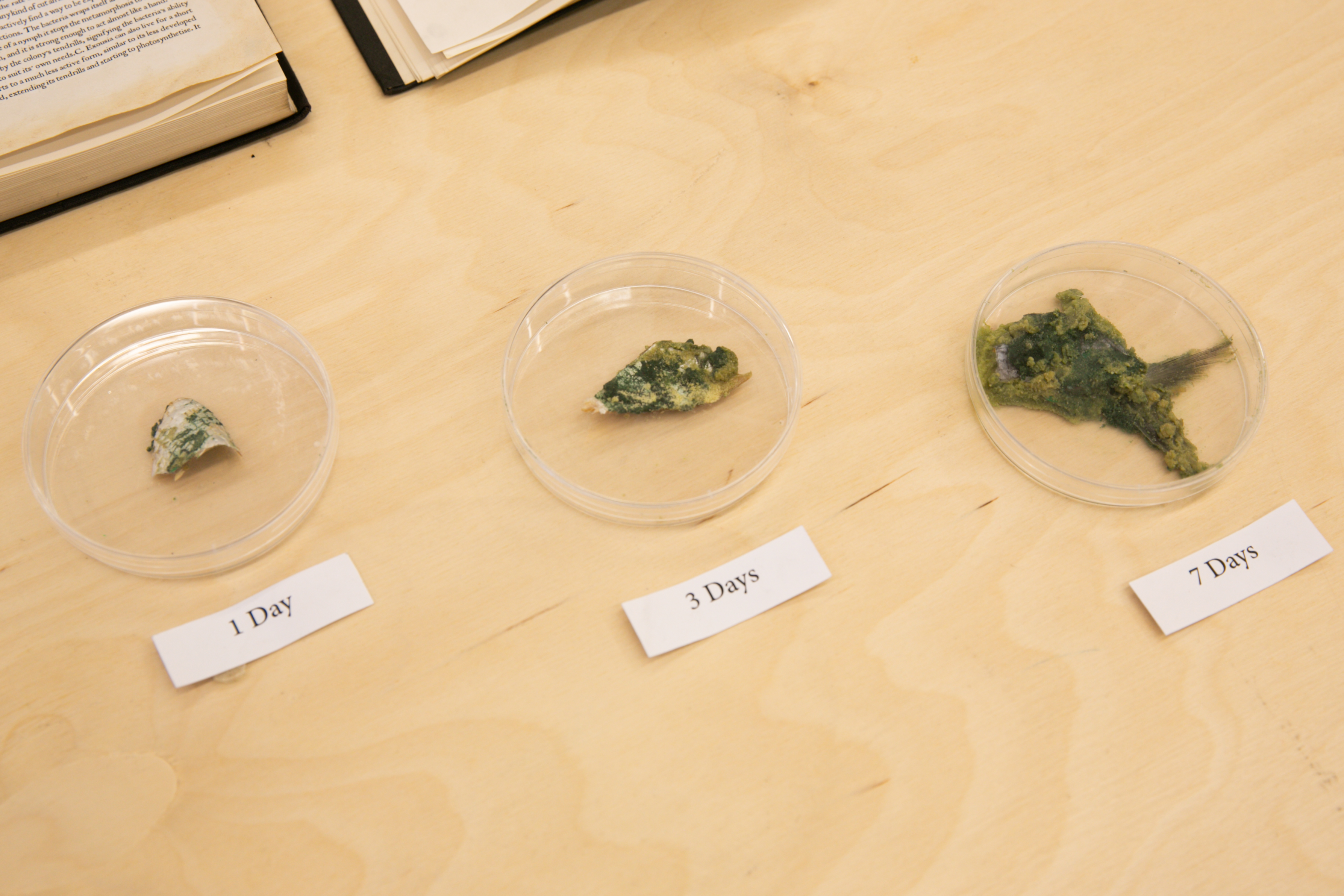
A photosynthetic species of bacteria.
In the era of extreme climate change, many species of parasites went extinct when their hosts died out. The surviving species needed a way to cope with the extreme heat and radiation. To add to the challenge, the cyanobacteria had to survive in a rapidly shrinking habitat. Millions of life cycles resulted in a new species of cyanobacteria: cyanobacteria exousia.
Colonies of cyanobacteria exousia attach themselves to various organisms that need oxygen rich environments and form a symbiosis with them. They burrow under their hosts’ skin and live on their internal organs. With many parasites now extinct, the new cyanobacteria exousia rushed in to fill the evolutionary niche. While it still produces oxygen and provides it directly to its hosts, its photosynthetic abilities have diminished, and it now receives most of its sustenance directly from the host’s body.
Moreover, the cyanobacteria exousia takes control of the host’s brain, altering its behavior to better suit its needs. Deepwater fish now stay in the shallows, crabs risk sun exposure instead of burrowing into the riverbed, and dragonflies stay underwater to avoid the toxic atmosphere and dangerous UV rays.
Tom Govezensky, Anastasia Kostuk, Eilona Flut



